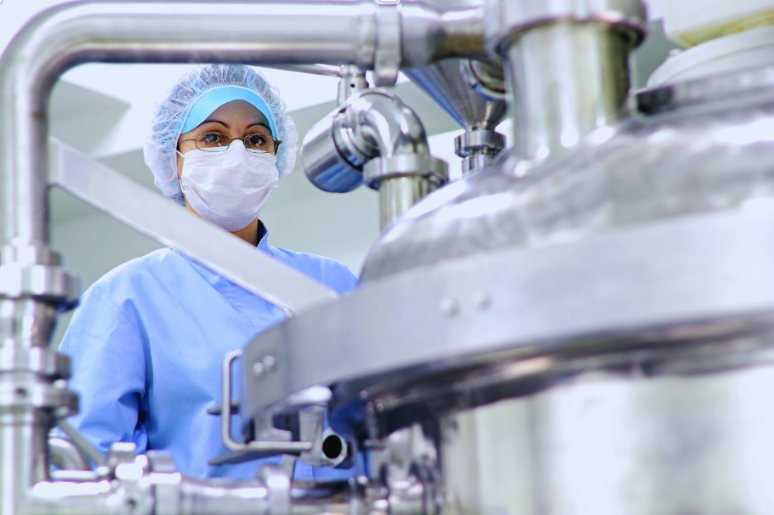Process validation too slow? Here’s how to speed things up
Technology transfers and process validation are an integral part of drug development and commercial drug product manufacturing. Successful technology transfer from site-to-site requires careful evaluation of manufacturing requirements and consequently applying that wisdom to validate a robust process that supports commercial-scale quality and production goals of the drug product in the new facility. That requires validating a robust process relative to the formulation and the plant’s equipment and systems. Critically at the center of project timelines, technology transfers usually come with changes, including batch size, equipment, parameters and more. Those changes must be validated prior to commercialization at the CDMO site.
Technology packages need to pack a punch
Managing technology transfers effectively requires gaining an understanding of how the differences from site-to-site operations and the equipment impact the process relative to its validation at the prior site. The technology package from the donor site is crucial to a smooth, efficient technology transfer. It needs to be comprehensive and complete. Usually, the donor site shares a comprehensive list of information with the receiving CDMO (contract development and manufacturing organization), including:
- Development reports
- Validation documents
- Critical process parameters (CPPs)
- Critical quality attributes (CQAs)
- Trending of CQAs at current site
With the technology package in hand the receiving validation team has a better opportunity to design a proper technology transfer plan, one that builds on past experience and is influenced by actual product and process knowledge gained in production at the donor site. If similar (or the same) equipment with similar (or the same) material loading, it is expected the receiving validation team will be able to apply similar process parameters. If equipment is different, or a large scale change is involved, a comprehensive look at various engineering calculations need to be carried out prior to the first batch, and extensive sampling is needed to confirm the process output is the same.
Efficient validations begin with collaboration
During the technology transfer, risk can be diminished if the differences between donor CDMO’s processes and those of the receiving site are minimized. In certain instances, depending on the complexity of the formulation and the parameters of the final drug product, it may be productive for the donor site to send a SME (subject matter expert) to support process validation. This direct collaboration has proven effective, and Bora has found it a simple and valuable way to accelerate validation and make technology transfers more efficient.
Make process validation more robust with characterization
A comprehensive characterization study prior to running validation batches is considered cGMP best practice. With a solid characteristic study at stage 1, the receiving CDMO can gain as much product knowledge as it would from a trial run. Critical process parameters should also be investigated thoroughly to make sure the range is still validated during the technology transfer. Once there is a confirmed study result from stage 1, it is expected robust validation batches will follow in stage 2. At this point the validation team needs to confirm equipment status, operator training, batch record design, etc. The validation team also needs to make sure the equipment is in good condition and operators completely understand the batch record design. For semi-solid in particular, primary packaging needs to be thoroughly evaluated too.
These simple steps can help operators avoid any quality excursions, disruptions or outages from equipment malfunction or operating errors. The converse is true, however. If there is not sufficient characterization in stage 1, the receiving facility may encounter unexpected issues that have the potential to completely derail validation and technology transfer. Regardless, it would certainly slow down the process. If nothing else, the equipment and operator effects would also slow down process validation if those elements are not verified.
Collaboration the key to faster process validation
Transparent dialogue between the drug owner and receiving CDMO must be institutionalized within standard technology transfer operating procedures. This ongoing discussion is important. A routine meeting scheduled with enough frequency can help make sure all process issues are discussed in real time and provide a forum where stakeholders can share their experience in a timely fashion to help overcome issues as they arise. That helps ensure issues won’t fester or be swept under a rug.
Lastly, what are the CDMO’s success statistics? If batch rejection rates are low that means supply performance is good. Ultimately, it is the experience of the receiving CDMO and the skill in which it manages the transfer process that support a faster more efficient technology transfer. Further if the receiving CDMO has successfully handled similar processes and has technology transfer experience specifically applicable to the incoming product, that too can minimize risk and make success more certain.
Better technology transfer outcomes begin with selecting better partners. An exemplary regulatory record is a good indicator of future performance and a good way to avoid any regulatory issues that may affect the commercial supply. Although most CDMOs offer batch flexibility, choosing a partner with facilities scaled to meet the incoming project’s production targets is another aspect of partner selection that should be considered.
Successful process validation requires carefully evaluating manufacturing requirements and the means of production early in the technology transfer process. This is a prerequisite for creating processes that are robust and ready for full-on commercial production. Robust process validation provides a detailed technology transfer document that provides manufacturer and regulator with both the “know how” and “know why” of manufacturing the product. A closely integrated technology transfer team with membership from development, manufacturing, engineering, quality, validation, and management all should be present to ensure that the new process is clearly understood by all and its broad objectives clearly in focus.



